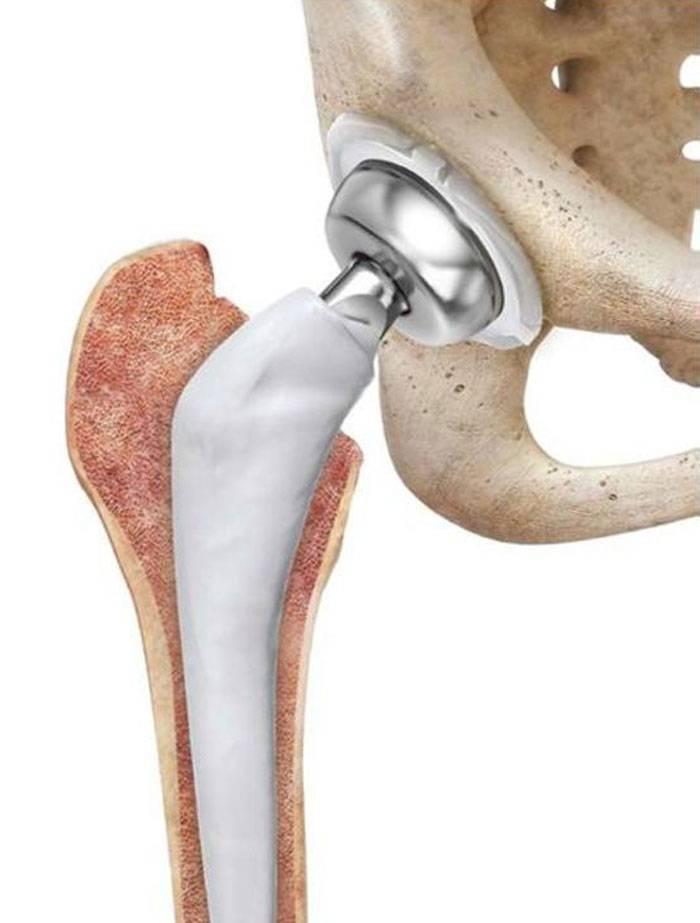Endoprosthesis: An Alternative to Joint Replacement Surgery

Joint replacement surgeries have become quite common these days as more and more people suffer from arthritis and other conditions affecting the joints. However, not everyone is a good candidate for traditional joint replacement and the recovery process can be long and arduous. Endoprosthesis provides an innovative alternative for restoring joint function without requiring the removal of the entire natural joint.
What is an Endoprosthesis?
An endoprosthesis, commonly known as a joint resurfacing device, involves covering or replacing only the damaged or arthritis-affected portion of the joint rather than the whole joint. It aims to preserve as much of the original bone and soft tissues as possible for faster recovery and better long-term outcomes.
In an endoprosthesis procedure, the surgeon reshapes and prepares thebone surfaces and then places a cap or shell made of metal alloys over the damaged bone. This metal cap mimics the natural cartilage surface of the joint. For some joints like the knee, a polyethylene plastic insert is also placed between the metal components to recreate smooth articulation and painless movement. The goal is to restore the effective joint height, alignment and range of motion.
Indications for an Endoprosthesis
Not everyone is a suitable candidate for traditional joint replacement. Endoprosthesis is generally considered for younger, more active patients who have early to moderate arthritis localized to one surface of the joint. Some common indications include:
- Younger patients (under 60-65 years) with arthritis in only one side of the knee joint.
- Patients with arthritis limited to only the patellar (knee cap) surface who want to retain as much native bone as possible.
- Patients needing a revision procedure for a failed partial knee or shoulder replacement where more bone stock needs to be preserved.
- Athletes or labor workers who need to return quickly to high-impact activities.
Advantages of an Endoprosthesis
Some key advantages of opting for an endoprosthesis over complete joint replacement include:
- Faster recovery - By preserving more of the original bones, ligaments and tendons, patients recover strength and mobility quicker. Many can bear full weight within 6 weeks and return to active hobbies within 3 months.
- Improved joint mechanics - By reshaping only the arthritic portions, natural joint kinematics are better maintained leading to less likelihood of prosthetic loosening over long term.
- Bone stock preservation - More of the original bone is retained allowing for easier conversion to standard joint replacement, if needed in future.
- Younger patient selection - As only portions of the joint are replaced, endoprostheses can be used in younger, more active patients usually not considered for standard replacements.
Surgical Process and Recovery
The surgical process for an endoprosthesis is generally similar to a partial joint replacement but of much shorter duration since less bone needs to be prepared. After inducing anesthesia, the surgeon makes a smaller incision and reshapes the arthritic bone surfaces.
For knees, the femoral surface, tibial surface or both may be covered with metal or plastic components as needed. The appropriately sized cap or shell component is then firmly attached using bone cement or press-fit fixation techniques depending on the implant design.
After surgery, patients are encouraged to do leg raises and ankle pumps to keep blood flowing. With the help of crutches or a walker, toe-touch weight-bearing is allowed after a few days. Physical therapy focuses on regaining range of motion and muscle strength.
Most patients can expect to be back at work within 4-6 weeks with only light duties. Return to high-impact sports may take 3-6 months as the new joint surfaces integrate fully. Overall recovery is much faster than complete joint replacement surgery.
Results and Longevity
Outcomes data from endoprosthesis procedures spanning 5-10 years is quite promising. Studies have shown better long-term function, less pain and higher patient satisfaction levels compared to partial knee replacements.
When performed for appropriately selected patients by experienced surgeons, endoprosthesis implants have demonstrated survival rates of over 90% at 10 years. This is nearly equivalent to traditional joint replacements. However, given the bone-conserving nature, revision to standard replacement remains simpler if eventually needed.
With advances in implant materials and fixation techniques, endoprosthetic joint resurfacing has emerged as a viable minimally invasive option for select patients with early arthritis. By preserving more of the original joint, endoprosthesis offers advantages like quicker recovery, improved biomechanics and bone preservation ideal for younger active individuals. As long term results continue validating its role, endoprosthetic surgeries promise to become even more common in managing certain types of arthritis in the future.
Get more insights on this topic: https://www.newsanalyticspro.com/endoprosthesis-artificial-joint-replacements-saving-lives/
- Art
- Causes
- Crafts
- Dance
- Drinks
- Film
- Fitness
- Food
- Games
- Gardening
- Health
- Home
- Literature
- Music
- Networking
- Other
- Party
- Religion
- Shopping
- Sports
- Theater
- Wellness
- IT, Cloud, Software and Technology


